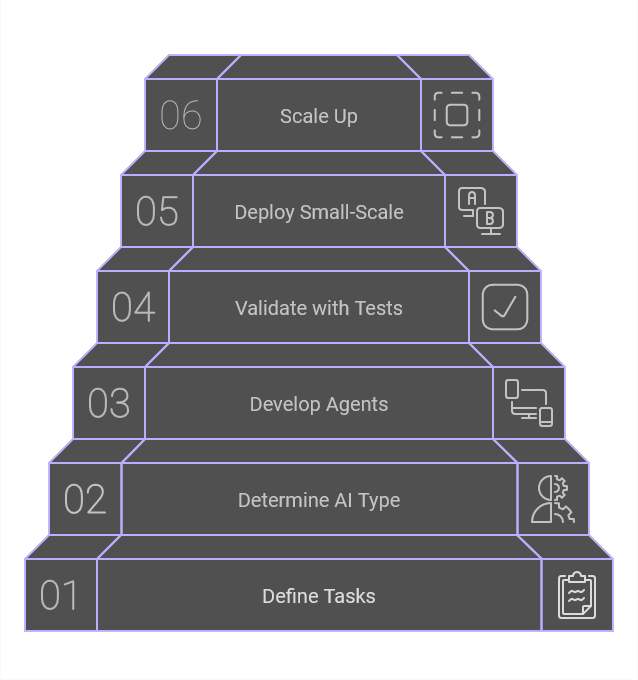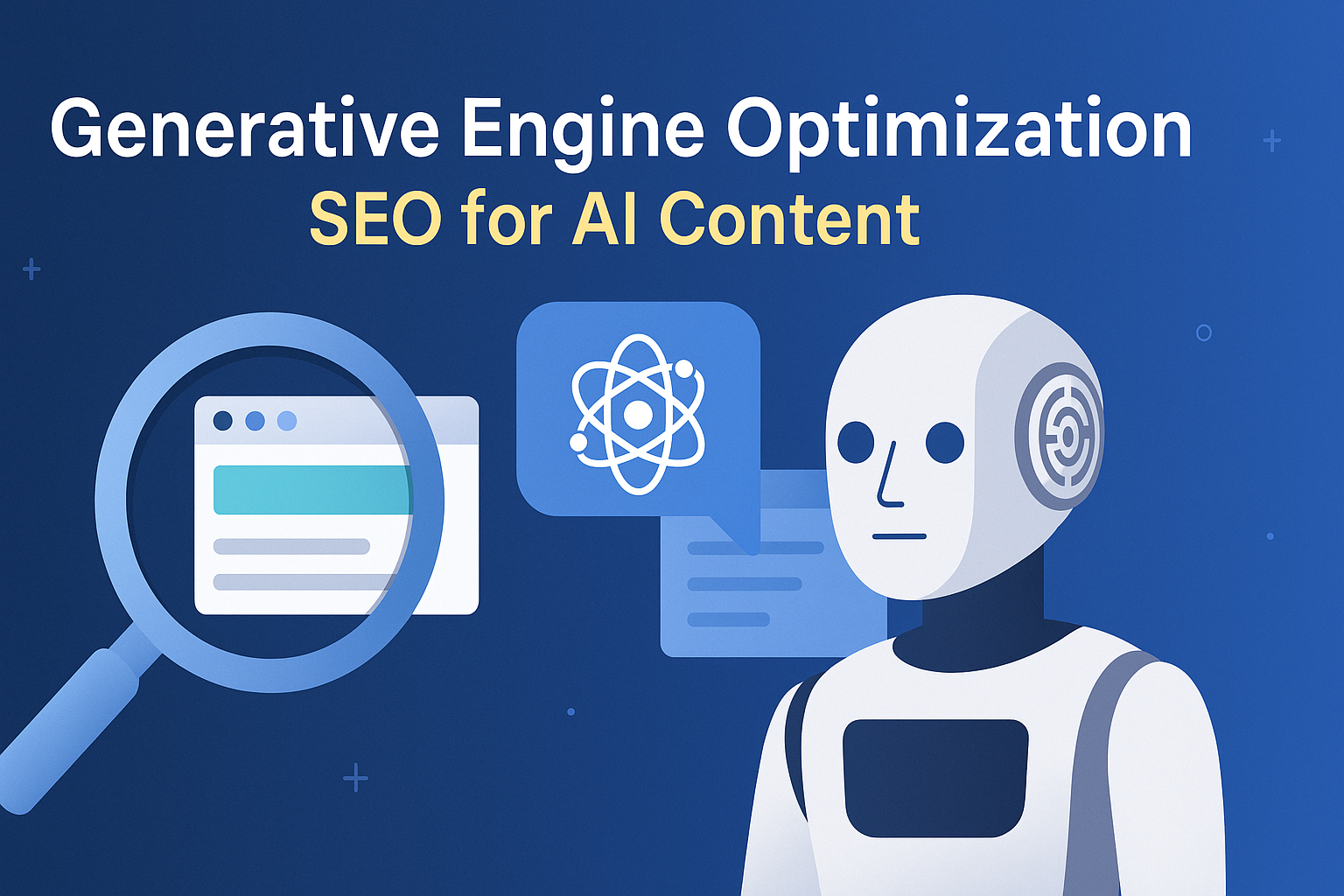How Agentic AI Transforms Workflow Optimization
Agentic AI represents a transformative step in the evolution of artificial intelligence, offering solutions that go beyond traditional AI applications. Unlike generative or symbolic AI, agentic AI isn’t a specific technology—it’s an application that integrates multiple AI technologies to achieve end-to-end automation and intelligent decision-making. From automating repetitive tasks to democratizing high-touch services, agentic AI is redefining how businesses and individuals interact with technology.
How Does Agentic AI Differ from Other Types of AI?
Agentic AI stands apart due to its application-focused nature and comprehensive approach to task execution:
1. Not a Technology, but an Application
Unlike generative AI (e.g., ChatGPT) or symbolic AI (rule-based systems), agentic AI leverages multiple AI technologies to create powerful, task-oriented applications. It combines technologies like generative AI, symbolic reasoning, and machine learning to handle complex workflows and nuanced interactions.

2. End-to-End Solutions
Agentic AI goes beyond single-function tools, such as AI applications that help write better emails or generate images. Instead, it operates as a complete solution capable of managing entire workflows or solving specific problems autonomously. For example, an agentic AI application might oversee onboarding processes, manage customer service interactions, or optimize logistics—all while adapting to dynamic scenarios.
Key Benefits of Agentic AI in Workflow Optimization

The potential of agentic AI lies in its ability to deliver value where traditional AI applications fall short. Here are some of its most impactful benefits:
1. Automating Unpleasant Tasks
Agentic AI excels at handling tasks that are inconvenient or undesirable for humans. For instance:
- Providing 24/7 student coaching at midnight when human tutors are unavailable.
- Driving in heavy traffic, reducing stress for drivers.
2. Mastering Tasks Humans Struggle With
Agentic AI can handle tasks that require scalability or consistency beyond human capacity:
- Conducting one-on-one role plays with thousands of learners simultaneously to practice negotiation scenarios.
- Analyzing massive data sets to identify patterns or generate insights.
3. Democratizing High-Touch Services
High-touch services, traditionally limited by cost or resource constraints, can be scaled with agentic AI:
- AI career coaches to guide employees through professional development.
- AI care assistants offering 24/7 support to patients, ensuring medication adherence and providing treatment guidance.
Agentic AI in Action: Real-World Applications
- Marketing and Sales: Automating lead scoring, content personalization, and campaign optimization to increase ROI.
- HR and Recruitment: Screening candidates, scheduling interviews, and providing onboarding assistance.
- Operations: Predicting maintenance needs for equipment or streamlining supply chain logistics.
- Customer Service: 24/7 AI-powered agents managing inquiries with human-like interaction and accuracy, while escalating complex cases to human agents.
- Education: AI tutors providing personalized lessons at any time, improving accessibility and learning outcomes.
- Healthcare: AI assistants supporting patients with personalized medication reminders and treatment guidance.
- Corporate Training: Scalable role-play scenarios for thousands of employees, enhancing skill development.
How to Get Started with Agentic AI

Successfully adopting agentic AI requires a structured approach. Here are
Six essential steps to help you begin:
1. Define Tasks and Objectives
Clearly outline the goals the AI agent is expected to achieve. For example, is it automating customer support, improving patient care, or streamlining internal workflows?
2. Determine the Type of AI Agent Needed
Choose the appropriate type of agent based on the complexity and nature of the tasks. For instance, a conversational agent for customer interactions or a data-processing agent for backend analytics.
3. Develop Scalable and Evolving Agents
Build agents that can adapt over time. Avoid rigid systems that are difficult to update. Instead, use flexible architectures that allow agents to grow and handle evolving objectives.
4. Validate with Test Cases
Design test cases to evaluate how well the agent achieves its tasks. Interactive agents, in particular, need rigorous testing to ensure they can handle diverse and nuanced interactions.
5. Deploy in a Small-Scale Environment
Roll out the AI agent in a controlled setting to monitor its performance under real-world conditions. Use this phase to identify areas for improvement.
6. Scale Up
Once the agent demonstrates satisfactory performance, plan for larger-scale deployment, ensuring scalability and reliability in broader applications.
Why Agentic AI Is the Future

Agentic AI isn't just a technological upgrade; it represents a fundamental shift in how businesses operate. With its ability to adapt, learn, and act independently, this approach minimizes human effort while maximizing impact. It bridges the gap between simple automation tools and comprehensive solutions. Organizations that adopt Agentic AI will not only gain efficiency but also position themselves to innovate and thrive in competitive landscapes.
Conclusion
Agentic AI offers the tools to reimagine workflows, making them smarter, faster, and more adaptive. By leveraging its capabilities, businesses can achieve a higher level of operational excellence.
Ready to implement Agentic AI? Start by defining your objectives and building scalable solutions that grow with your needs.





